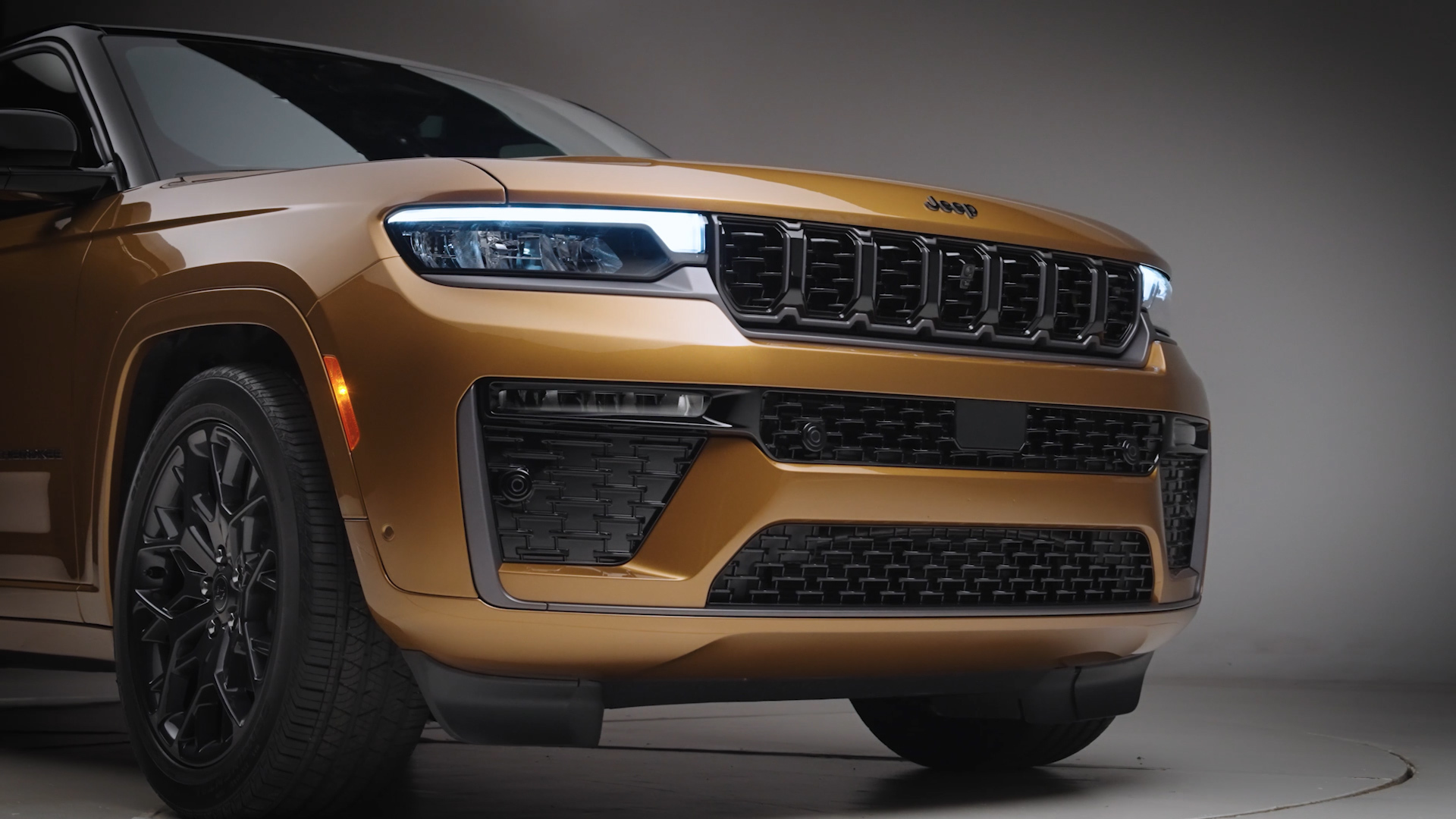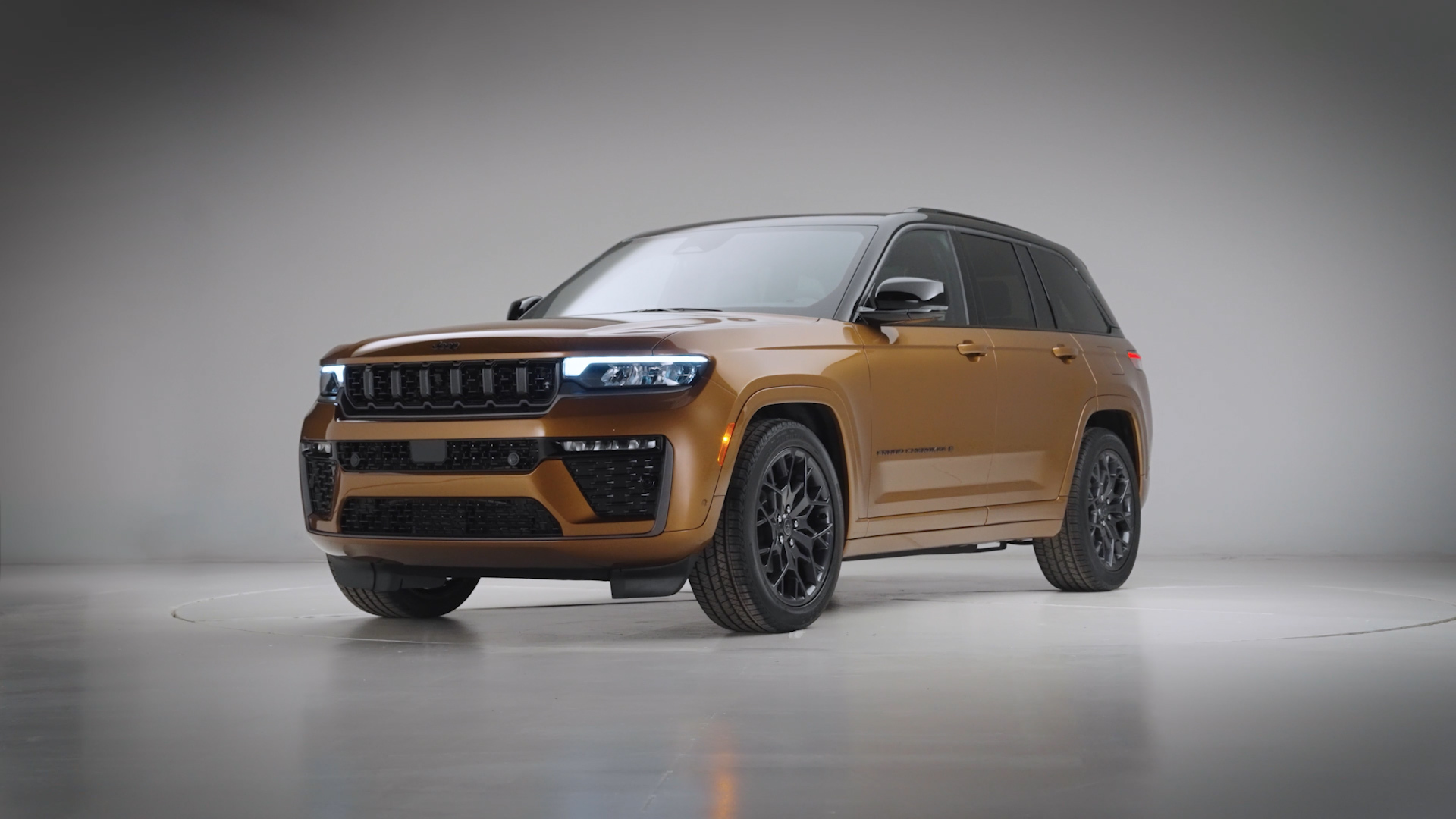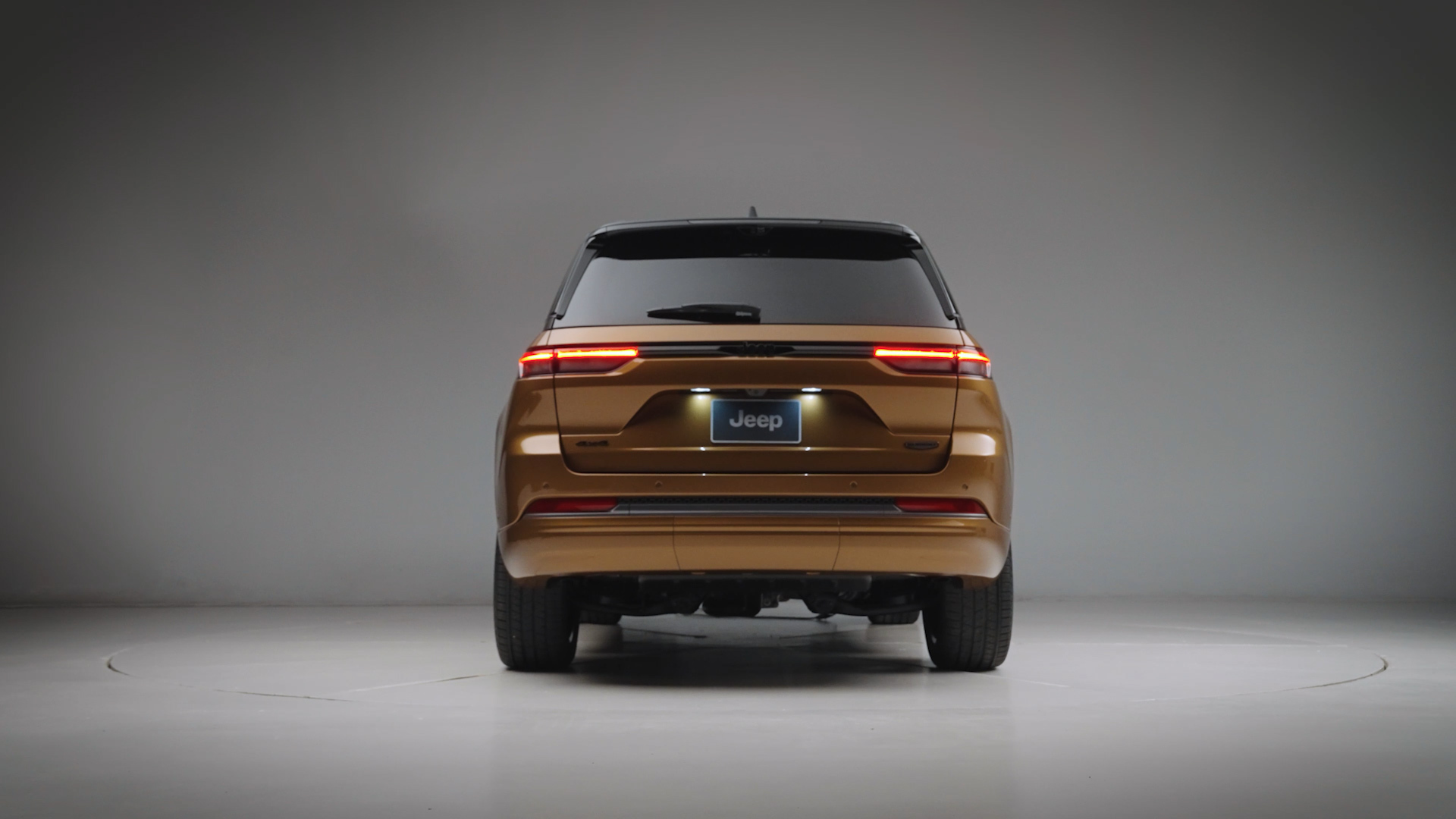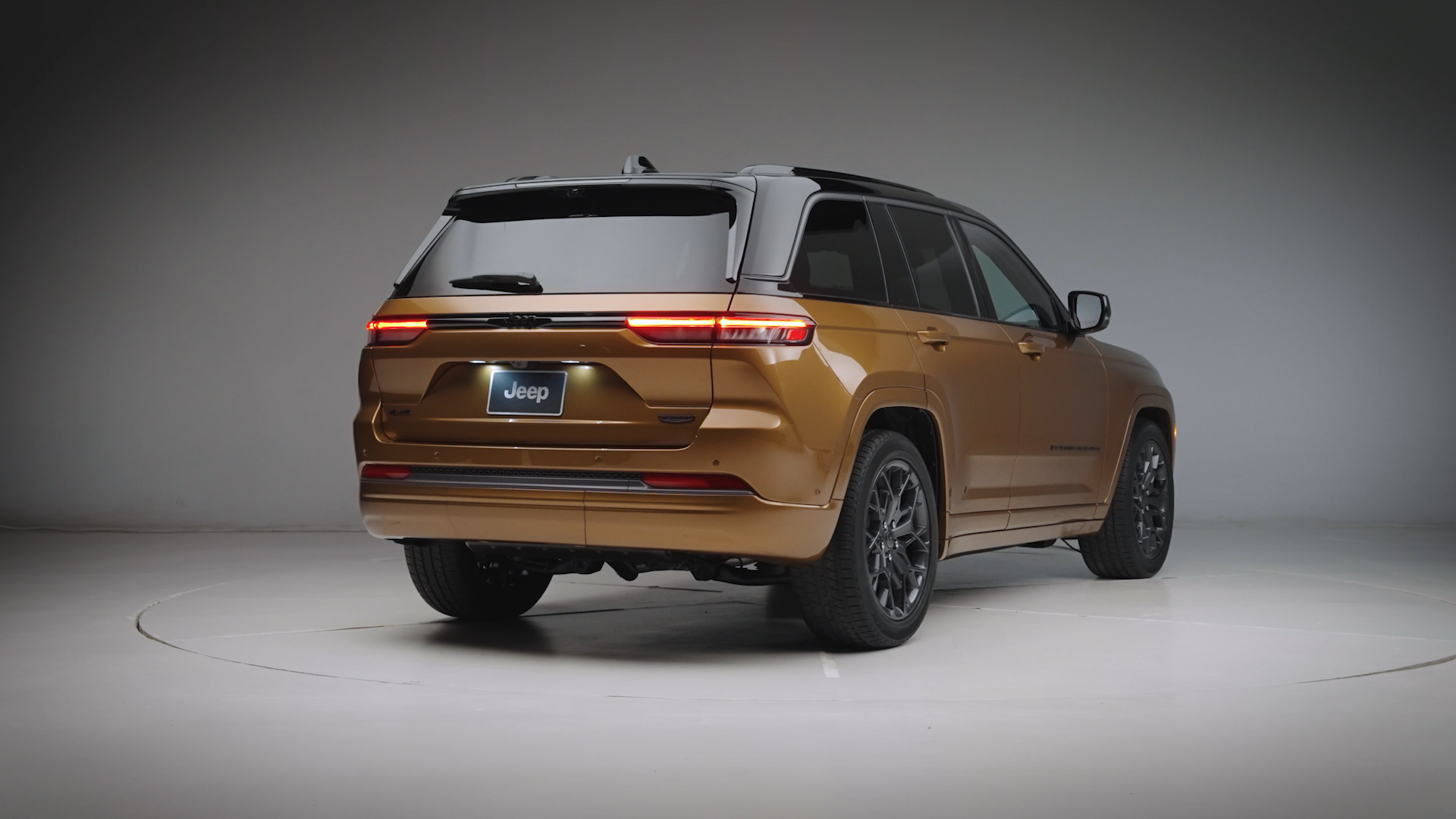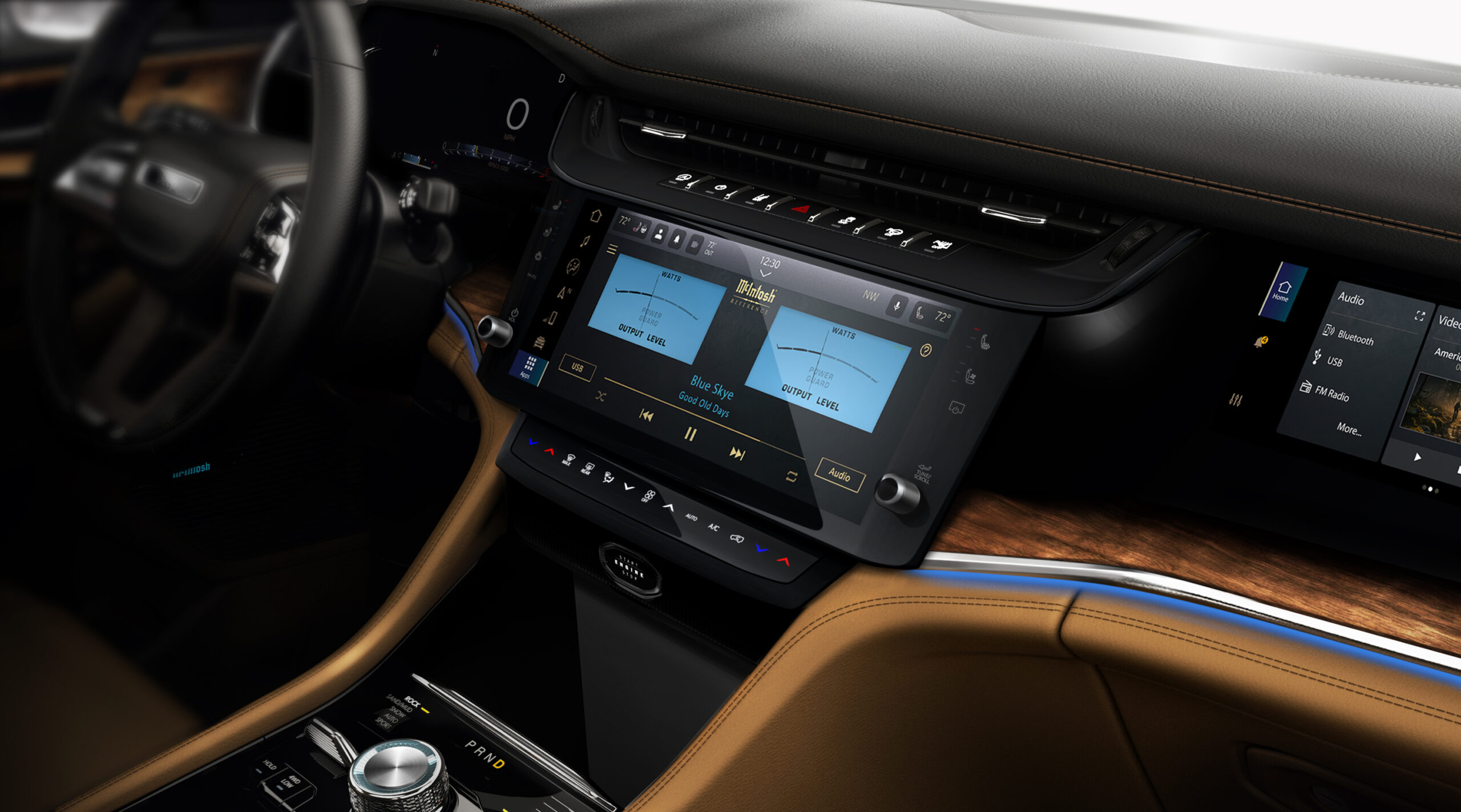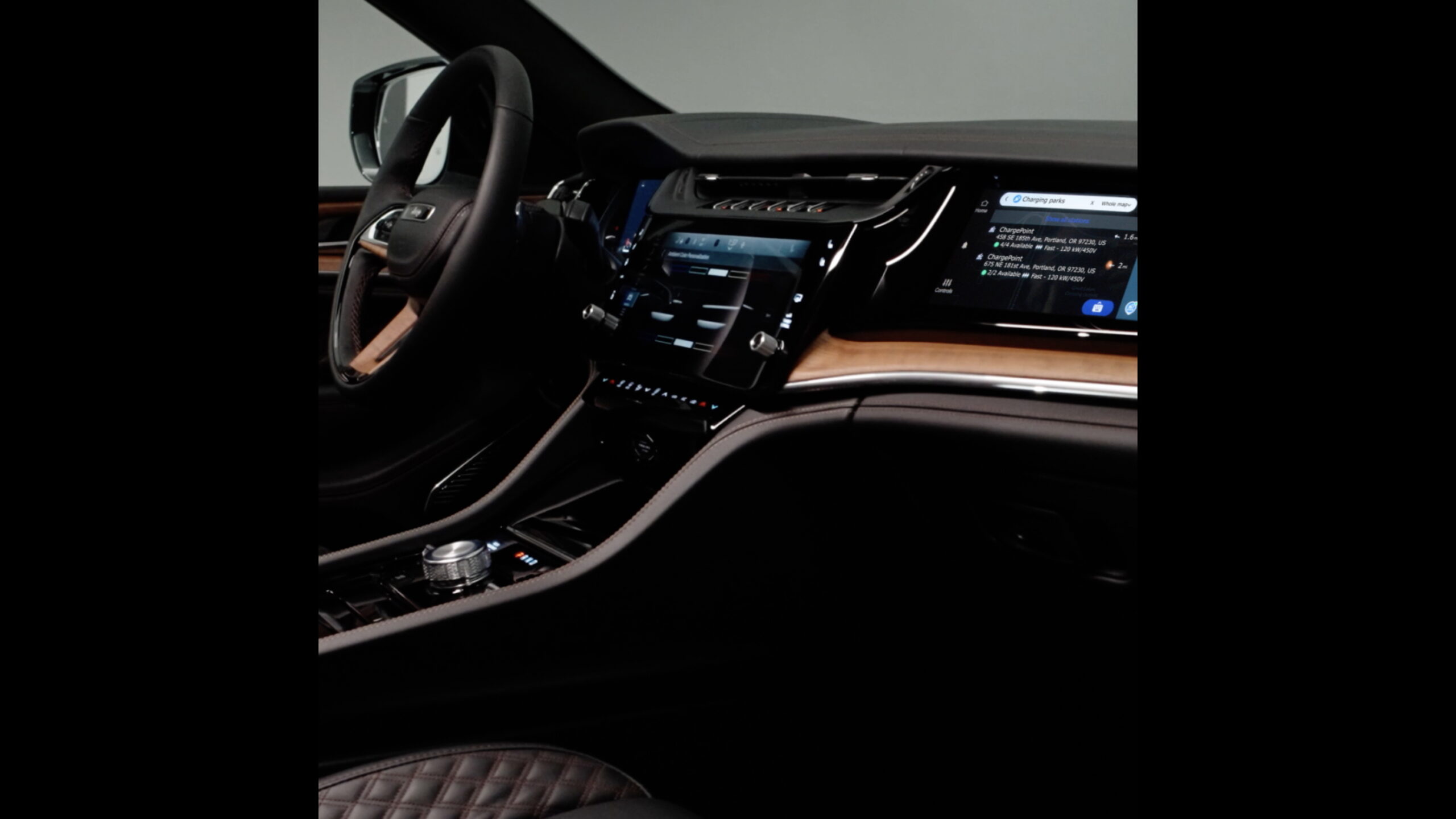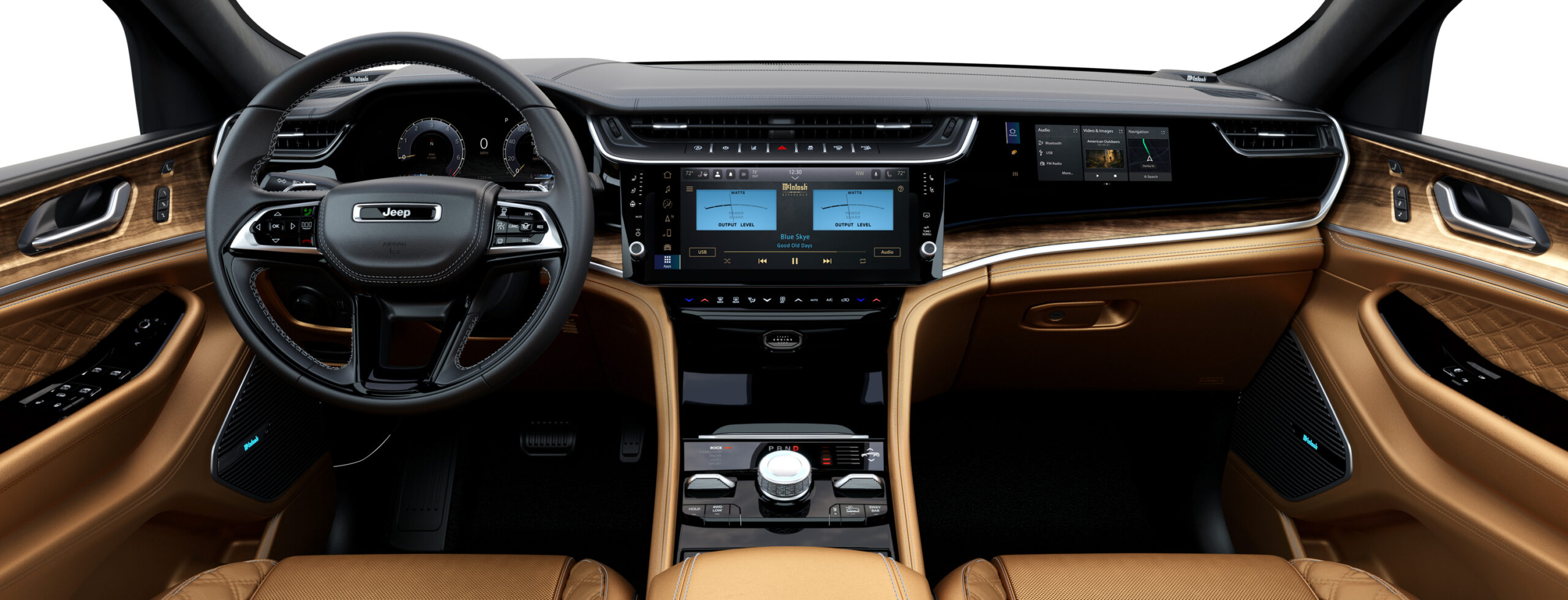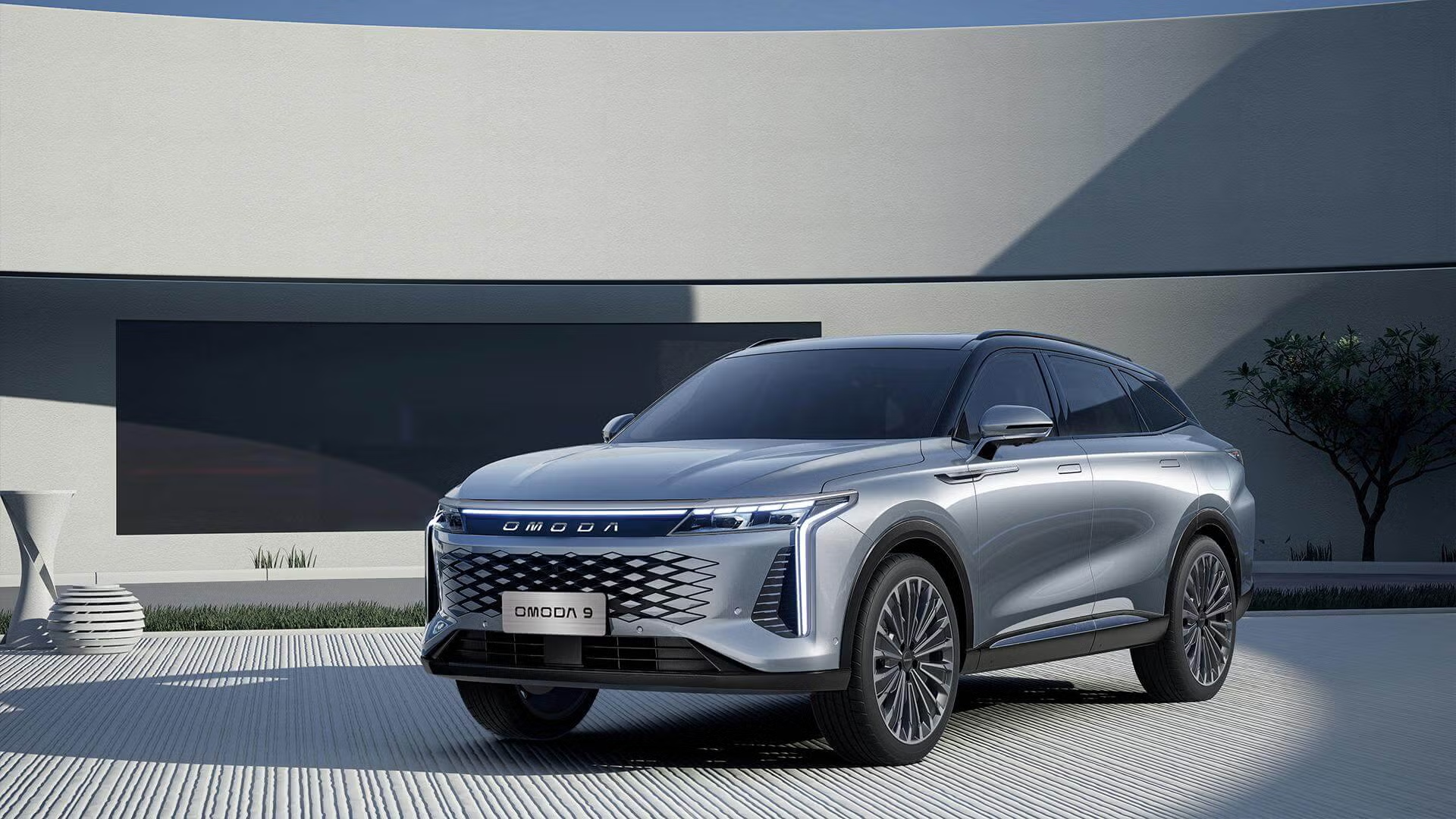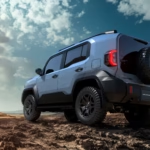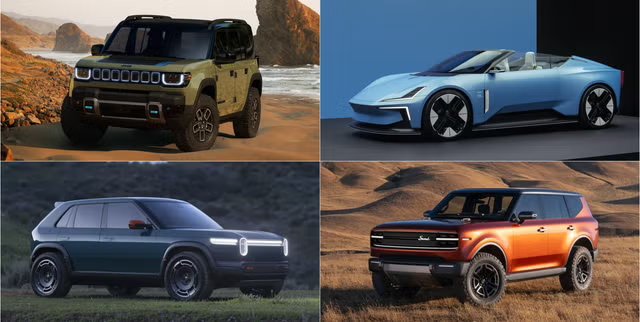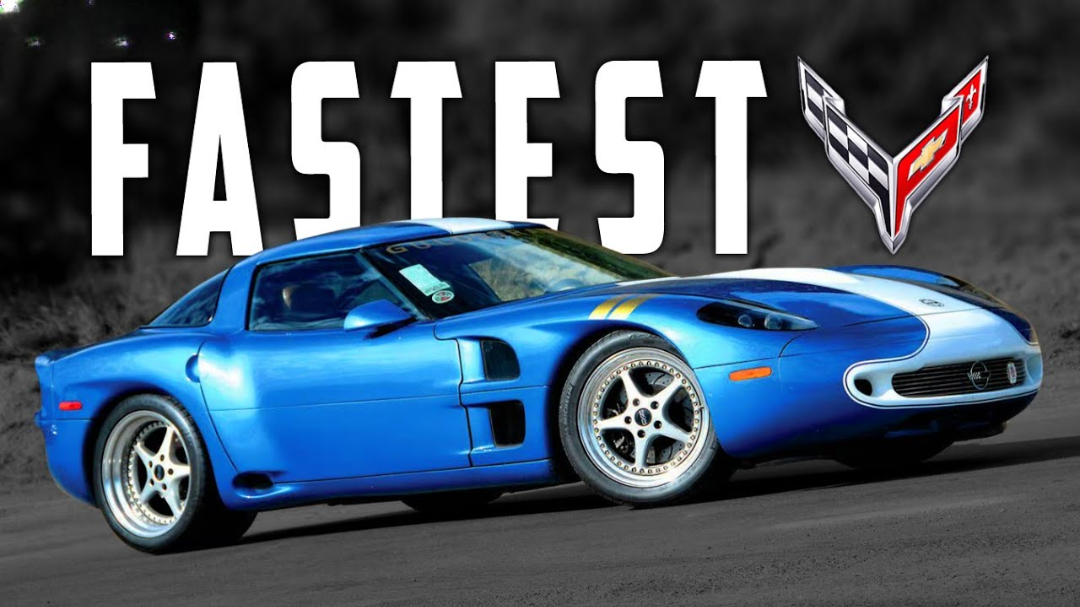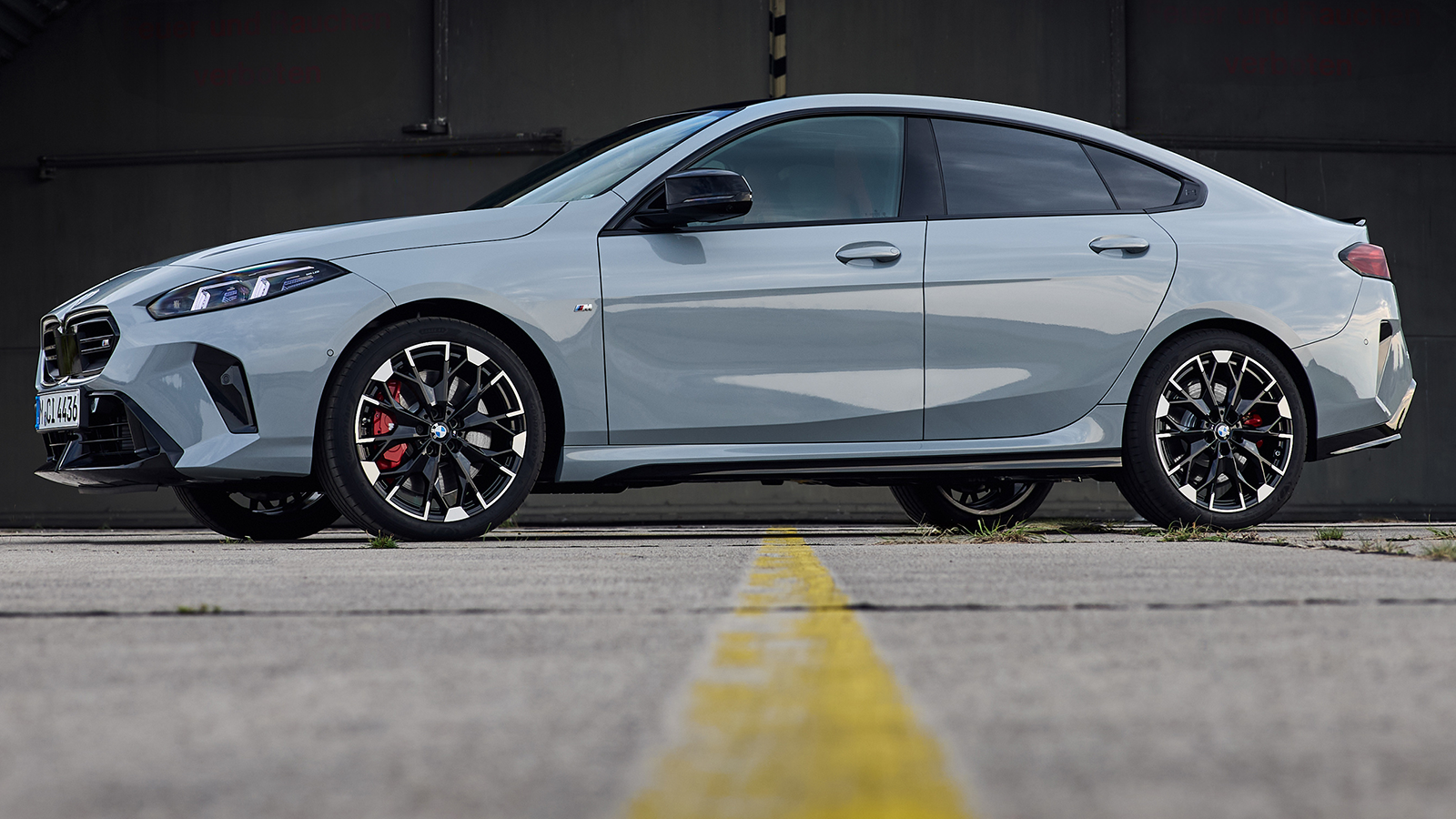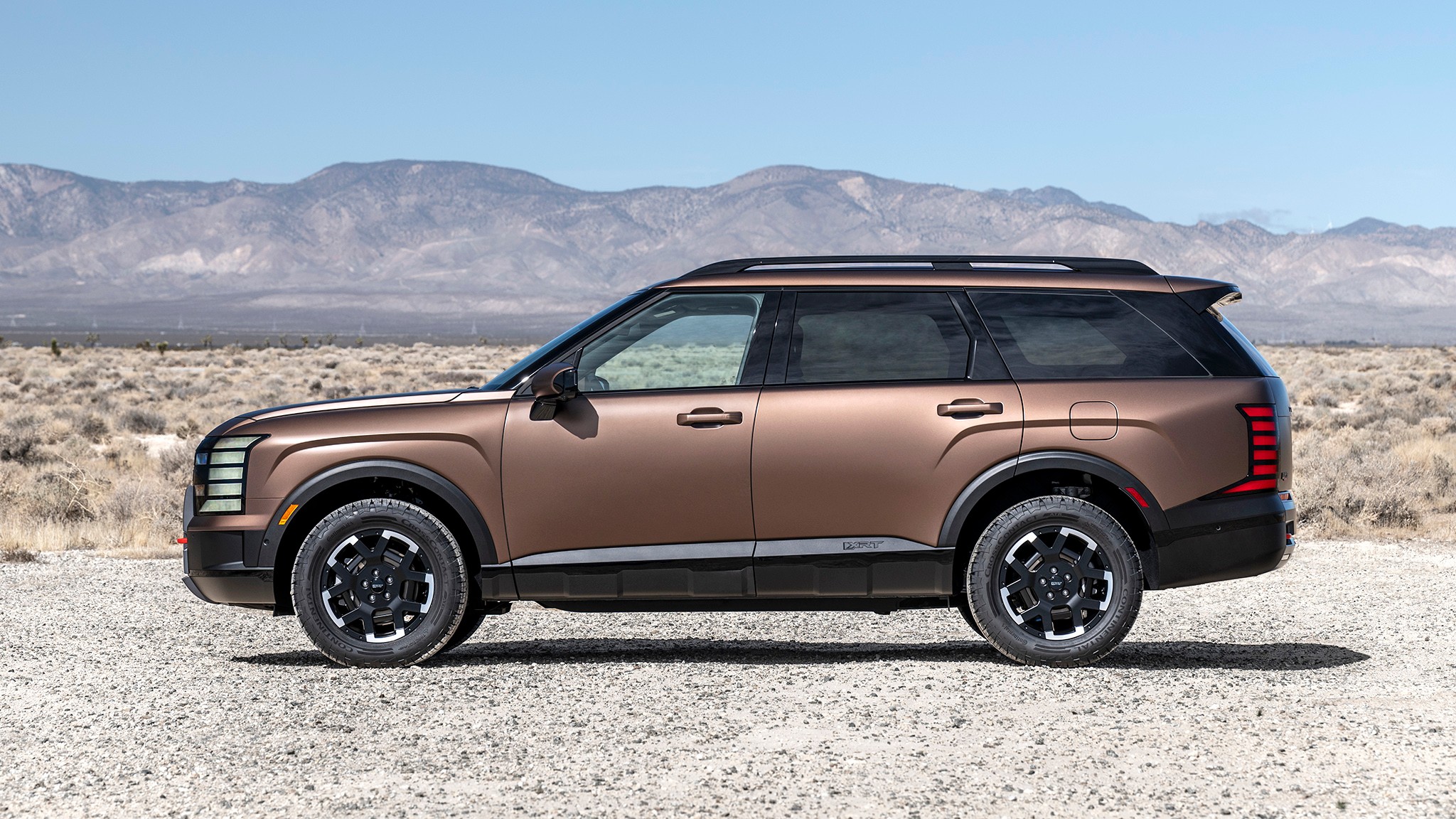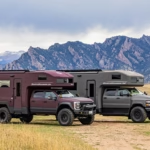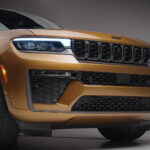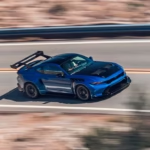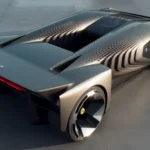2026 Jeep Grand Cherokee: New Hurricane 4-Cylinder Turbo Brings 324 HP and 500+ Mile Range
Jeep just dropped details on the 2026 Grand Cherokee, and the headline news is an entirely new engine: the Hurricane 4 Turbo, a 2.0-liter turbocharged four-cylinder making 324 horsepower and 332 lb-ft of torque. That’s serious output from just four cylinders—162 horsepower per liter, which Jeep claims leads the segment.
This marks a significant powertrain shift for America’s bestselling premium SUV. While the base 3.6-liter V6 carries over, the new turbo-four becomes the volume engine across most trims, delivering more power than the V6 while promising better fuel economy and an estimated 506-mile driving range on a single tank.
The Hurricane 4 Technology Story
Stellantis developed this new four-cylinder specifically for global markets, and it debuts in the Grand Cherokee. The engineering centers on Turbulent Jet Ignition (TJI) technology—the first high-volume application of this combustion system in the automotive industry.
Here’s how TJI works: each cylinder features a small pre-chamber above the main combustion area. A bit of fuel ignites in this pre-chamber first, then jets down into the main cylinder as burning flames. This creates faster, more complete combustion compared to traditional spark ignition, improving both power output and efficiency while reducing emissions.
The variable geometry turbocharger provides boost across a wide RPM range, delivering 90% of peak torque between 2,600-5,600 rpm. That should make the Grand Cherokee feel responsive during everyday driving rather than laggy at low speeds like some turbocharged engines.
Micky Bly, Stellantis senior VP for propulsion engineering, positioned the Hurricane 4 as exceeding “the high expectations that Jeep Grand Cherokee owners have for power, performance and refinement, along with the added benefit of enhanced fuel economy.”
Translation: they’re trying to convince buyers that downsizing from six or eight cylinders to four won’t feel like a downgrade. The numbers support this—324 hp beats the outgoing 3.6L V6’s 293 horsepower, and torque increases from 260 lb-ft to 332 lb-ft.
Towing and Capability
Jeep claims best-in-class towing at 6,200 pounds for Hurricane 4-equipped models. That’s impressive for a four-cylinder and matches or exceeds many six-cylinder competitors. The estimated 506-mile range addresses a common concern about smaller-displacement turbocharged engines requiring frequent fill-ups.
Real-world fuel economy numbers haven’t been released yet, but expect EPA ratings in the mid-to-high 20s mpg combined, which would represent a meaningful improvement over the V6.
The Grand Cherokee retains its Quadra-Trac and Quadra-Drive 4×4 systems (depending on trim), along with Selec-Terrain driving modes that now come standard even on base Laredo Altitude trims—a first for that trim level.
Simplified Trim Structure
Jeep streamlined the Grand Cherokee lineup to three main trims: Laredo, Limited, and Summit. Within these, various sub-trims and packages provide customization.
Laredo Altitude (starting point for Hurricane 4 models) includes:
-
12.3-inch infotainment touchscreen
-
Premium audio system
-
Selec-Terrain 4×4
-
Traffic Sign Recognition
-
Intersection Collision Assist
-
Active safety features
Limited adds:
-
Silver Silk exterior accents
-
Leatherette upholstery
-
Heated second-row seats
-
9-speaker Alpine audio
-
Ambient lighting
Optional Limited packages include Limited Reserve (adds Nappa leather, ventilated seats, dual-pane sunroof, off-road camera) and Limited Altitude (darkened exterior trim, 20-inch black wheels, panoramic sunroof).
Summit tops the range with:
-
Oak and Liquid Chrome interior trim
-
Palermo leather seats
-
Suede headliner
-
Massaging front seats
-
Air suspension
-
19-speaker McIntosh audio system
Technology Updates
The big tech news is a new 12.3-inch infotainment screen across the lineup. Jeep also updated the cabin design, though specifics on interior changes remain limited in the announcement.
Available tech includes:
-
10.25-inch passenger display
-
Active Driving Assist (hands-free highway driving)
-
Night Vision system
-
360-degree camera
-
Integrated off-road camera
-
Rear-facing “Fam Cam” to monitor back-seat passengers
-
Digital rearview mirror
The McIntosh audio system in Summit trims offers 19 speakers, which Jeep says is class-leading.
Exterior Refresh
Designers gave the Grand Cherokee a mild facelift maintaining the upright, boxy proportions the nameplate has featured for over 30 years. Updates include:
-
Revised seven-slot grille
-
New headlight design
-
Modified rear fascia and lower body panels
-
Fresh exterior trim finishes
Three new paint colors debut: Steel Blue, Copper Shino, and Fathom Blue.
These changes modernize the appearance without abandoning the recognizable Grand Cherokee silhouette that’s crucial to the model’s identity.
The V6 Stays (For Now)
Base Laredo and Laredo X trims retain the 3.6-liter Pentastar V6 making 293 horsepower and 260 lb-ft of torque. Jeep positions this as “freedom of choice”—buyers who want a naturally aspirated six-cylinder can still get one.
The base Laredo gains new 18-inch wheels, chrome accents, and expanded standard safety features including Active Lane Management, Rear Park Assist, Blind-spot Monitoring, and Automatic Emergency Braking.
The Laredo X bundles popular features as standard: heated seats, heated steering wheel, sunroof, power liftgate, and wireless charging.
This two-engine strategy gives Jeep flexibility as customer preferences and regulations evolve. If turbo-four adoption is strong, the V6 could eventually disappear. If buyers resist downsizing, Jeep can maintain both options.
Grand Cherokee L Three-Row
The three-row Grand Cherokee L continues with the same simplified trim strategy. Models with the Hurricane 4 Turbo gain third-row USB charging ports. A new 60/40-split second-row bench seat becomes optional, increasing passenger capacity.
Jeep emphasizes the Grand Cherokee L’s class-leading second-row legroom, total passenger volume, and cargo space behind the third row compared to competitors like the Honda Pilot, Mazda CX-90, and Hyundai Palisade.
Plug-In Hybrid 4xe Continues
The Grand Cherokee 4xe plug-in hybrid carries over with three trims: Limited, Summit, and Trailhawk. The 4xe combines a 2.0-liter turbo-four with electric motors for 375 combined horsepower and 470 lb-ft of torque.
The Trailhawk 4xe remains “the most capable Grand Cherokee” with best-in-class departure angle, 470-mile total driving range, and that substantial 470 lb-ft of torque available immediately from the electric motors.
Jeep hasn’t revealed whether the new Hurricane 4 Turbo will eventually replace the 4xe’s current 2.0-liter engine, but given their similar displacement, integration seems probable in future model years.
Production and Timing
Manufacturing happens at Stellantis’ Detroit Assembly Complex, split between the Jefferson and Mack plants. The Hurricane 4 Turbo engines will be assembled at Stellantis’ Dundee, Michigan facility, supporting domestic manufacturing jobs.
Jeep says the 2026 Grand Cherokee arrives “late 2025,” which likely means December 2025 or early 2026 calendar year as a 2026 model year vehicle. Pricing hasn’t been announced but expect the Hurricane 4 models to slot between the V6 and 4xe trims.
The Grand Cherokee is the second of four new Jeep launches for late 2025, following the redesigned Cherokee and preceding the Grand Wagoneer update and all-electric Recon.
The Bigger Picture
This powertrain shift reflects broader industry trends toward smaller-displacement turbocharged engines replacing larger naturally aspirated units. Ford moved the F-150 to turbocharged V6s as volume engines. GM uses turbo-fours extensively across their lineup. Stellantis is now following suit.
The challenge is convincing buyers that four cylinders can adequately replace six or eight, especially in vehicles traditionally associated with capability. The Hurricane 4’s impressive specific output (162 hp/liter) and torque figure help, but customer acceptance will ultimately determine success.
Jeep’s decision to retain the V6 shows they’re hedging bets. If turbo-four adoption is slower than projected, the V6 provides a fallback. If the Hurricane 4 proves popular, Jeep can phase out the Pentastar without leaving customers without options.
The real test will be how the Hurricane 4 feels in daily driving—whether it delivers the refinement and response Grand Cherokee buyers expect, or whether the four-cylinder character becomes an issue in a premium SUV.
